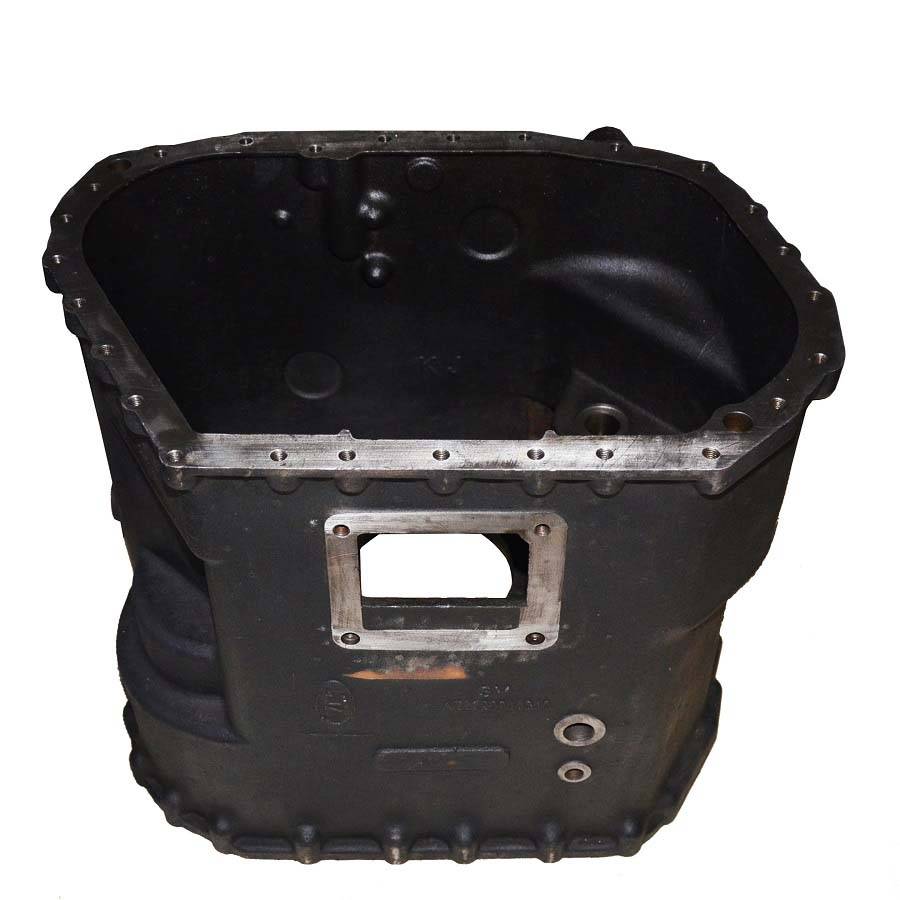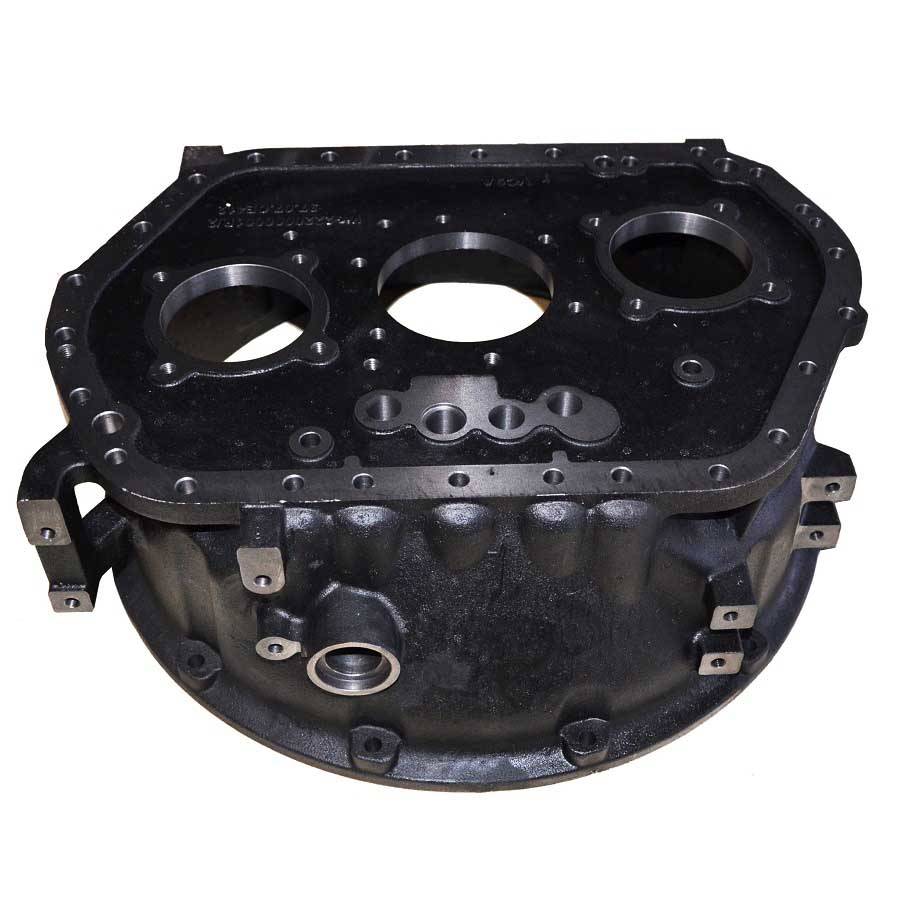2020 Good Quality Alloy Steel Casting - Alloy Steel Resin Coated Sand Casting Crankshaft – RMC Foundry Detail:
Resin coated sand shell mould casting is a process in which the sand mixed with a thermosetting resin is allowed to come into contact with a heated metallic pattern plate, so that a thin and strong shell of mould is formed around the pattem. Then the shell is removed from the pattern and the cope and drag are removed together and kept in a flask with the necessary back-up material and the molten metal is poured into the mould.
Generally, dry and fine sand that is completely free of the clay is used for preparing the shell moulding sand. The grain size to be chosen depends on the surface finish desired on the metal astings. Too fine a grain size requires large amount of resin, which makes the mould expensive.
The synthetic resins used in shell moulding are essentially thermosetting resins, which get hardened irreversibly by heat. The resins most widely used are phenol formaldehyde resins. Combined with sand, they have very high strength and resistance to heat. The phenolic resins used in shell moulding usually are of the two stage type, that is, the resin has excess phenol and acts like a thermoplastic material. During coating with the sand the resin is combined with a catalyst such as hexa methylene tetramine in a proportion of about 14 to 16% so as to develop the thermosetting characteristics. The curing temperature for these would be around 150 C and the time required would be 50 to 60 s.
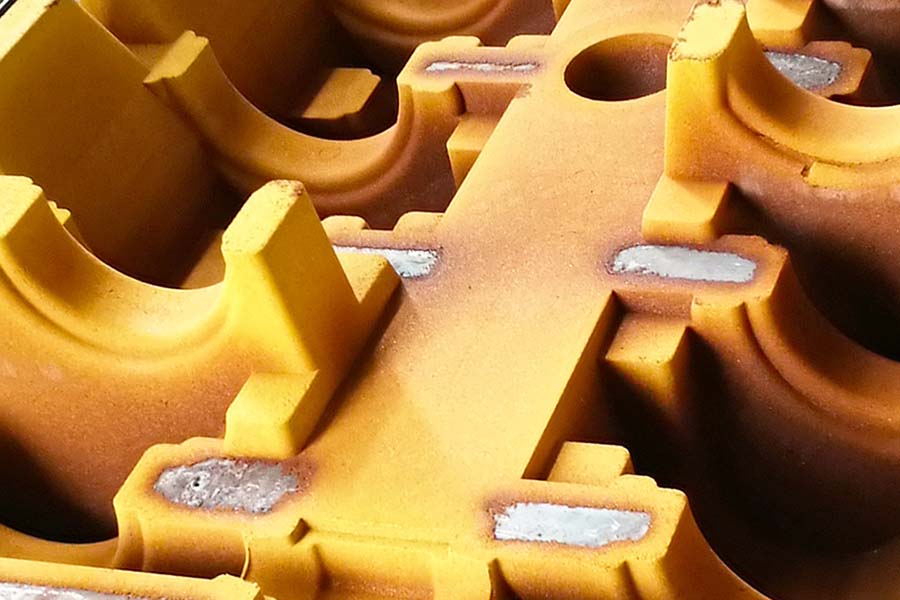
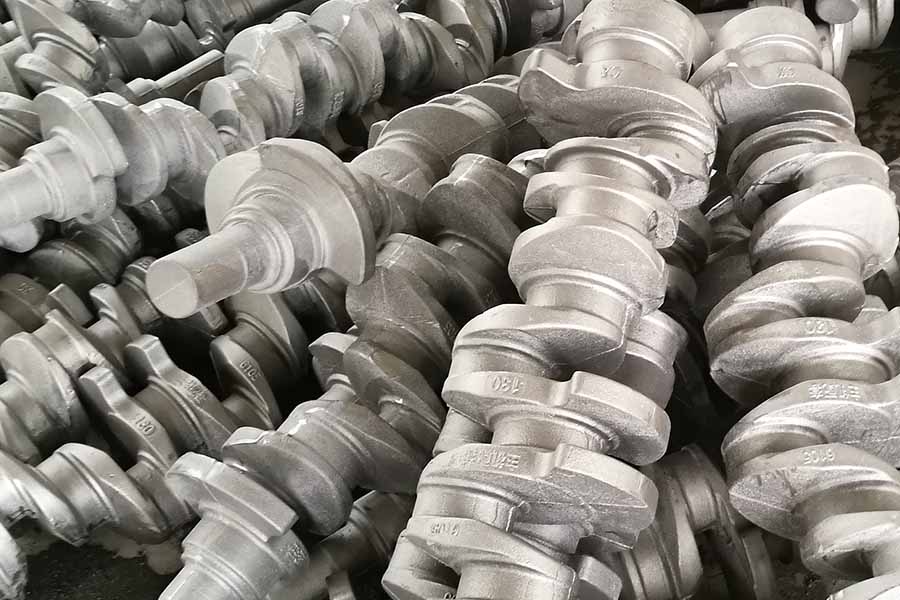
Advantages of Resin Coated Sand Shell Mould Casting:
1. Resin Coated Sand Shell-mould castings are generally more dimensionally accurate than sand castings. It is possible to obtain a tolerance of +0.25 mm for steel castings and +0. 35 mm for grey cast iron castings under normal working conditions. In the case of close toleranced shell moulds, one may obtain it in the range of +0.03 to +0.13 mm for specific applications.
2. A smoother surface can be obtained in shell castings. This is primarily achieved by the finer size grain used. The typical range of roughness is of the order of 3 to 6 mircrons.
3. Draft angles, which are lower than the sand castings, are required in shell moulds. The reduction in draft angles may be from 50 to 75%, which considerably saves the material costs and the subsequent machining costs.
4. Sometimes, special cores may be eliminated in shell moulding. Since the sand has high strength the mould could be designed in such a manner that internal cavities can be formed directly with the need of shell cores.
5. Also, very thin sections(up to 0.25 mm) of the type of air-cooled cylinder heads can be readily made by the shell moulding because of the higher strength of the sand used for moulding.
6. Permeability of the shell is high and therefore no gas inclusions occur.
7. Very small amount of sand needs to be used.
8. Mechanisation is readily possible because of the simple processing involved in shell moulding.
Raw Materials for Resin Coated Sand Casting Process:
• Cast Iron: Gray Cast Iron, Ductile Cast Iron.
• Cast Carbon Steel and Alloy Steel: Low Carbon Steel, Medium Carbon Steel and High Carbon Steel from AISI 1020 to AISI 1060; 20CrMnTi, 20SiMn, 30SiMn, 30CrMo, 35CrMo, 35SiMn, 35CrMnSi, 40Mn, 40Cr, 42Cr, 42CrMo…etc on request.
• Cast Stainless Steel: AISI 304, AISI 304L, AISI 316, AISI 316L and other stainless steel grade.
• Cast Aluminium Alloys.
• Brass & Copper.
• Other Materials and Standards on request
▶ Resin Coated Sand Casting Capacities:
• Max Size: 1,000 mm × 800 mm × 500 mm
• Weight Range: 0.5 kg – 100 kg
• Annual Capacity: 2,000 tons
• Tolerances: On Request.
▶ Inspecting Resin Coated Sand Castings:
• Spectrographic and manual quantitative analysis
• Metallographic analysis
• Brinell, Rockwell and Vickers hardness inspection
• Mechanical property analysis
• Low and normal temperature impact testing
• Cleanliness inspection
• UT, MT and RT inspection
▶ Resin Coated Sand Casting Procedures:
✔ Making Metal Patterns. The pre-coated resin sand needs to be heated in the patterns, so metal patterns are the necessary tooling to make shell molding castings.
✔ Making Pre-coated Sand Mold. After installing the metal patterns on the molding machine, the pre-coated resin sand will be shot into the patterns, and after heating, the resin coating will be molten, then the sand molds become solid sand shell and cores.
✔ Melting the Cast Metal. Using induction furnaces, the materials would be melted into liquid, then the chemical compositions of the liquid iron should be analyzed to match the required numbers and percents.
✔ Pouring Metal. When the melted iron meet the requirements, then they will be poured into the shell molds. Based on different characters of the casting design, the shell molds will be buried into green sand or stacked up by layers.
✔ Shot Blasting, Grinding and Cleaning. After the cooling and solidification of the castings, the risers, gates or additional iron should be cut off and removed. Then the iron castings will be cleaned by sand peening equipment or shot blasting machines. After grinding the gating head and parting lines, the finished casting parts would come, waiting for the further processes if needed.
▶ Post-Casting Process
• Deburring & Cleaning
• Shot Blasting / Sand Peening
• Heat Treatment: Normalization, Quench, Tempering, Carburization, Nitriding
• Surface Treatment: Passivation, Andonizing, Electroplating, Hot Zinc Plating, Zinc Plating, Nickel Plating, Polishing, Electro-Polishing, Painting, GeoMet, Zintec.
• CNC Machining: Turning, Milling, Lathing, Drilling, Honing, Grinding.
▶ Why You Choose RMC Foundry for Shell Mold Casting Components?
✔ Precision and therefore a high material utilization. You will get a net or near-net-shape products after shell molding casting, depending on the requirements of end-users, there will be no or very little machining process is required.
✔ Better surface performance. Thanks to the new-tech materials for molding, the castings from shell molding have a much fine and higher accuracy surface.
✔ A good balanced choice comparing to the sand casting and investment. The shell molding casting have better performance and surface than sand casting, while having much lower costs than precision investment casting.
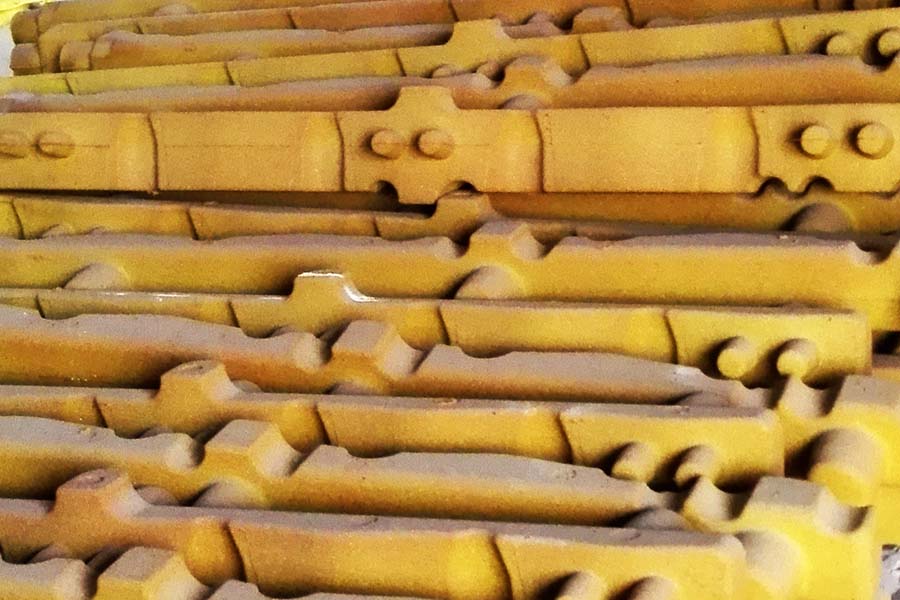
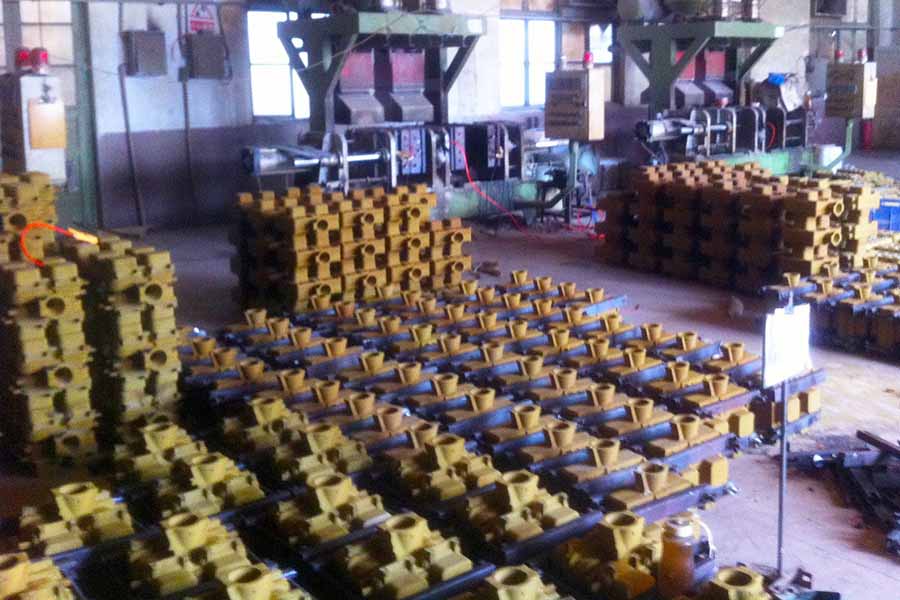
Product detail pictures:

Related Product Guide:
We rely upon strategic thinking, constant modernisation in all segments, technological advances and of course upon our employees that directly participate inside our success for 2020 Good Quality Alloy Steel Casting - Alloy Steel Resin Coated Sand Casting Crankshaft – RMC Foundry, The product will supply to all over the world, such as: Slovakia, Liverpool, Belarus, Why we can do these? Because: A, We are honest and reliable. Our items have high quality, attractive price, sufficient supply capacity and perfect service. B, Our geographical position has a big advantage . C, Various types: Welcome your inquiry, It might be highly appreciated.
Managers are visionary, they have the idea of "mutual benefits, continuous improvement and innovation", we have a pleasant conversation and Cooperation.
-
Factory Cheap Steel Lost Wax Casting Manufactur...
-
Factory wholesale Carbon Steel Casting Company ...
-
Good Wholesale Vendors Brass Casting - Stainle...
-
New Arrival China Steel Vacuum Casting - Custo...
-
Factory Cheap Hot Vacuum Casting Manufacturer -...
-
Hot-selling Ductile Iron Casting Products - Cu...



